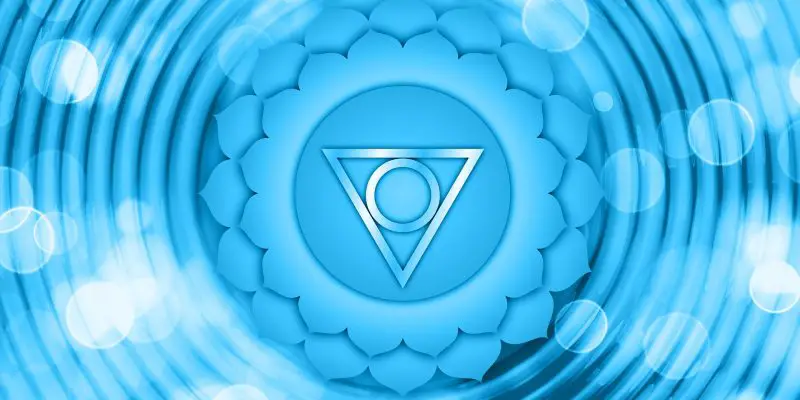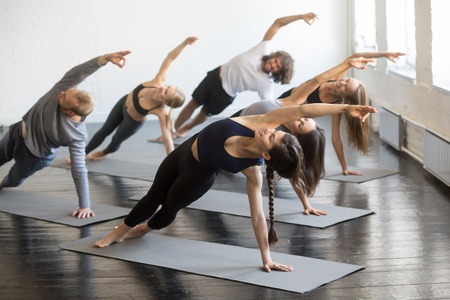The holidays can leave you feeling exhausted and burned out. Practicing the yamas, particularly brahmacharya, can help us conserve our energy and feel refreshed as we move towards 2021. If you want to find out what brahmacharya is and how to practice it this new year, read on!
[Read more…] about What Brahmacharya Is and How To Practice it In The New YearMonday Meditation: A Meditation Script for Letting Go of the Past
Now that 2020 is over, it’s time to let go of emotions, attitudes, and thoughts that no longer serve you. Meditation can help you feel centered, grounded, and ready for the year ahead. Here’s a meditation script for letting go of the past.

A Meditation Script for Letting Go of the Past
Sit upright on your mat or your chair. If you’re feeling particularly anxious, feel free to simply lie down on your bed and supported with a pillow or yoga bolster. Scan the body from the top of your forehead to the tips of your toes, then become aware of the weight of your body against the chair, mat, or bed.
Notice the rhythm of your breath. Observe whether your natural breath feels shallow or deep, at ease or heavy. No need to change the breath or force it into a pattern that feels uncomfortable—simply watch the current pace of your inhalations and exhalations.
Set your intention for your meditation practice today. Since this meditation is a meditation script for letting go of the past, consider aligning your personal intention with that overall theme. What have you been holding onto? And what would you like to leave behind?
Observe the thoughts that enter the mind. And instead of holding on to them, simply watch them as you would watch vehicles moving across the street, or foam in a roll of waves. Notice how one thought floats off, and another one appears.
Recognize that thoughts, memories, and emotions about the past are fleeting. How does your body hold onto the past? Notice any tightness in the neck or in the chest, or maybe in the hips. Mindfully soften and relax any tense areas that are calling out to you.
Then, begin to repeat the following affirmations to yourself: The past has no power over me. Fear no longer holds me down. I am ready to move forward. I embrace gratitude. Repeat those statements to yourself about three to five times.
Notice how the body and breath respond to these affirmations. Do you feel lighter? Perhaps you feel more at ease. See if you can now deepen the breath. In fact, you may also practice your lion’s breath, which entails inhaling through the nose and exhaling completely through the mouth.
When you are ready to end your meditation, scan your body again. Then, open your eyes.
Monday Meditation: Let Go of Holiday Stress
More often than not, the holiday season can be more stressful than restful. If you’re feeling overwhelmed, consider taking a few minutes off your busy schedule to meditate. Below is a meditation to help you let go of holiday stress.

Monday Meditation: Balance Your Third Eye Chakra
Our past few meditations have allowed us to dive into our emotions, our energetic realm, and the mystery and wonder of the chakras. Today’s meditation will be about the sixth chakra, known as the ajna or third eye chakra. But how do you balance your third eye chakra?
[Read more…] about Monday Meditation: Balance Your Third Eye ChakraMonday Meditation: Balance Your Throat Chakra
Your throat chakra, also known as your vishuddha chakra, is associated with communication, self-expression, and speaking your inner truth. In order to balance your throat chakra, do exercises to help strengthen and stretch your neck, try a Reiki healing session, or surround yourself with the color blue.
[Read more…] about Monday Meditation: Balance Your Throat ChakraWhat is Rocket Yoga?
If you’re looking for a practice that’s dynamic, fast-paced, and all about having fun, then you should definitely try Rocket Yoga. But what is Rocket Yoga?
[Read more…] about What is Rocket Yoga?








